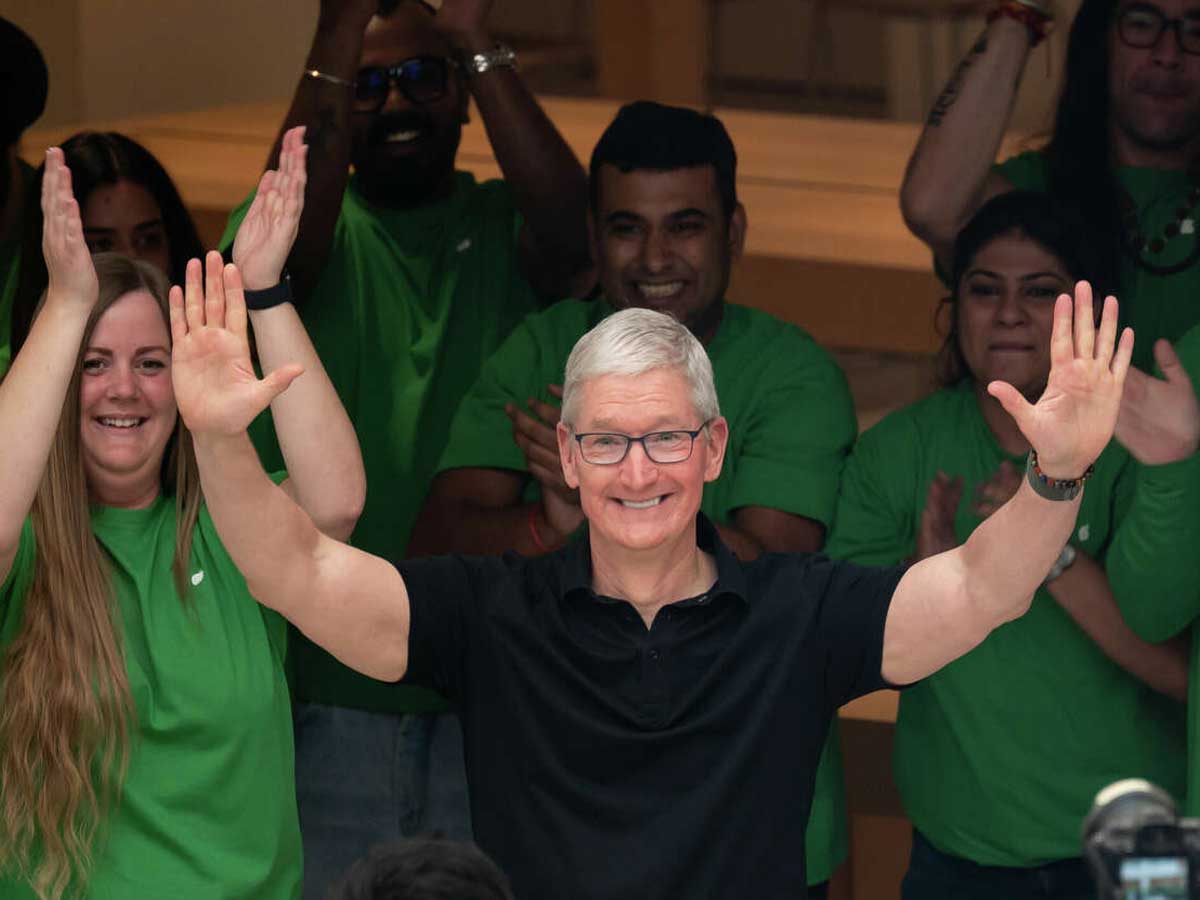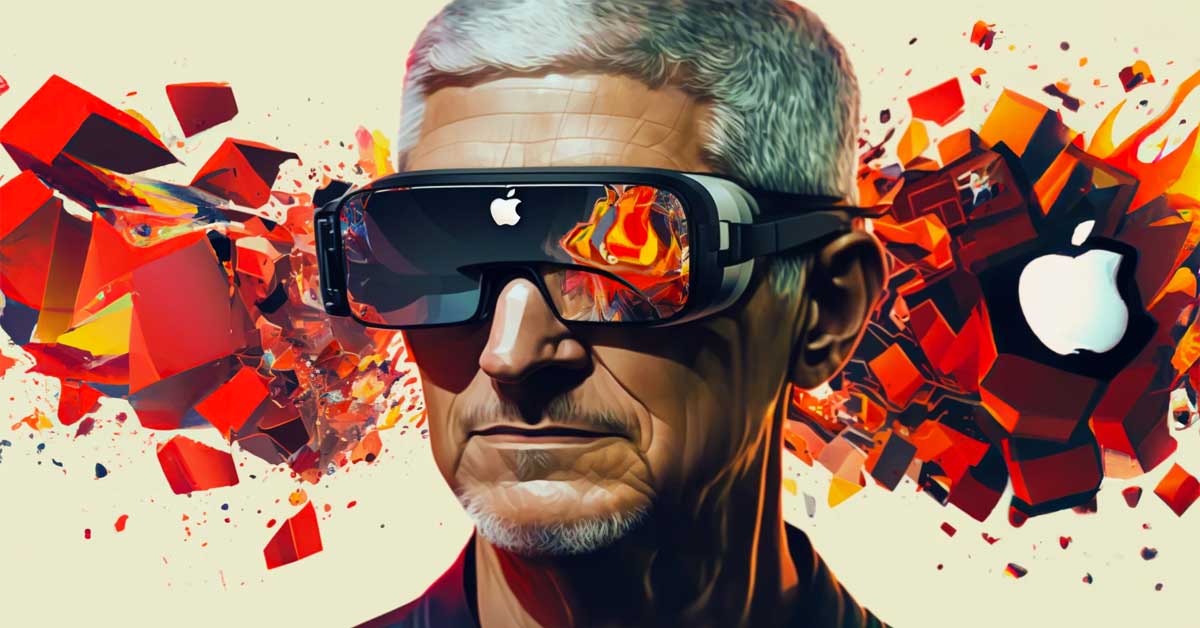Tech enthusiasts and Apple supporters are eagerly awaiting Apple's Worldwide Developers Conference (WWDC). This landmark event promises to unveil Apple's highly awaited mixed reality headset, Reality or Reality Pro, which has won worldwide admiration and enthusiasm among enthusiasts worldwide. In these pages, we will delve deep into all available information from industry insiders while uncovering unique insights. In particular, we'll look into its long-term implications as this technological leap forward becomes a reality.

John Gruber's insights provide strong evidence for Apple insiders that the mixed reality headset will steal the show at this year's Worldwide Developers Conference keynote event, the WWDC. With reports swirling and no attempts being made to temper anticipation, Apple could seize this moment and announce official details regarding this cutting-edge device, particularly as developers play such an essential part in shaping the Apple ecosystem through creative applications that advance innovation - at their keynote event. This unveiling would create the ideal conditions to do just that.
Apple plans to deliver a high-speed presentation in the post-Covid recorded keynote movie format to ensure a smooth and impactful unveiling. This format allows for precise editing and control, enabling Apple to cover important content in a brief timeframe. Although concerns were raised regarding the extensive software announcements expected at WWDC, Gruber believes Apple will effectively manage this challenge, resulting in an engaging and captivating keynote.

Although Apple will give an overview of its virtual reality headset during its keynote event, additional details may emerge online afterward. Apple is known to release exciting and eye-opening information after events are completed. This may give consumers additional opportunities to dive deep into this highly anticipated device.
The existence of a front-facing display on the mixed reality headset has sparked extensive debates and speculations. However, Gruber dismisses these rumors as mere talk of the "googly eyes" feature. According to him, incorporating such a display would be impractical and come with significant design and cost challenges. Nevertheless, the absence of a front-facing display doesn't diminish the immense anticipation and buzz surrounding the other remarkable features of the headset. There's still plenty to be excited about, even without this aspect.
Though Apple's mixed reality headset represents an impressive technological leap, some may find its projected price of $3,000 somewhat steep. To put things into context, though, understand that they set this initial cost price deliberately to cover manufacturing expenses, with future iterations of this groundbreaking product planned out and including enhancements that make them more cost-effective for wider consumer groups furthering Apple's impressive track record and dedication towards innovation that promises exciting times ahead for this breakthrough device.

Apple envisions its mixed reality headset as a device users will constantly wear throughout their day, replacing tasks normally accomplished on iPhones or Macs and boasting integrated hand and eye controls for seamless user experiences, including gaming, web browsing, emailing, video chatting, collaboration workouts, or meditation. In addition, thanks to Apple ecosystem apps, the headset opens new possibilities and changes how we engage with technology.
Apple estimates initial sales to total around 900,000 units and recognizes that initial demand may initially serve a niche market; however, history shows us that Apple's first-generation products often pave the way for transformative changes. While experts express reservations regarding mixed reality headsets' market viability, Apple has demonstrated through innovation and user experience design how this device may redefine technology boundaries while captivating the imaginations of global consumers' imaginations.
Apple envisions its mixed reality headset as a device users will constantly wear throughout their day, replacing tasks normally accomplished on iPhones or Macs and boasting integrated hand and eye controls for seamless user experiences, including gaming, web browsing, emailing, video chatting, collaboration workouts, or meditation. In addition, thanks to Apple ecosystem apps, the headset opens new possibilities and changes how we engage with technology.
Apple estimates initial sales to total around 900,000 units and recognizes that initial demand may initially serve a niche market; however, history shows us that Apple's first-generation products often pave the way for transformative changes. While experts express reservations regarding mixed reality headsets' market viability, Apple has demonstrated through innovation and user experience design how this device may redefine technology boundaries while captivating the imaginations of global consumers' imaginations.
At Apple's highly anticipated mixed reality headset development process, portability was critical. To find an optimal balance between mobility and functionality, extensive discussions took place, leading to an innovative compromise pairing an Apple-built base station with a standalone portable device to give users access to an immersive virtual reality experience while on the move while giving them the freedom to explore and interact with virtual realities on-the-go.
One of the key features of Apple's mixed reality headset is its VR passthrough technology, leveraging external video cameras to seamlessly capture and display real-world environments when transitioning between VR and AR modes. This outstanding integration ensures users experience seamless transitioning as they seamlessly switch realities, a testament to Apple's commitment to offering truly immersive and cohesive mixed reality experiences.
Apple's Mixed Reality headset stands out with its outward-facing display. This captivating feature gives a breathtaking glimpse into eye movements and facial expressions, adding another level of interactivity and natural communication. While other headsets may feel robotic or distant, Apple's design fosters connection and engagement for users, so conversations feel natural and naturalistic compared to before.

Apple's venture into mixed reality marks a historic step for them and cements its standing as an innovator and pioneer within the tech industry. While not meant to replace iPhone users entirely, their mixed reality headset complements and expands upon it just like Macs or Apple Watch, offering additional screens and functionalities similar to what the Mac and Watch do with phone users. Technology continues its relentless development, yet Apple remains committed to continuous improvements, long-term support, and user experience design, instilling confidence that this groundbreaking device holds immense promise in shaping its future alongside them.
Sources: bloomberg.com / forbes.com / sfgate.com













